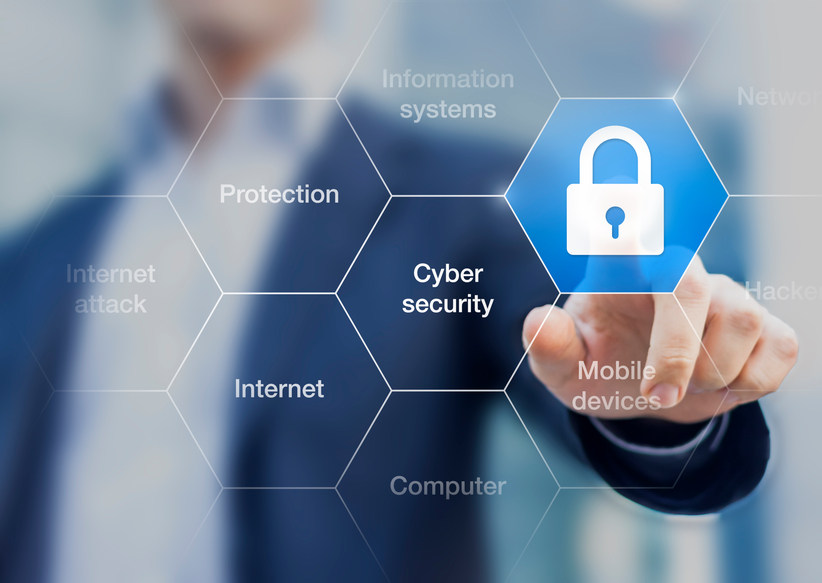In an increasingly digital world, cybersecurity has become a critical concern for businesses of all sizes and industries. This article explores the essential aspects of cybersecurity and provides insights into protecting your business from evolving cyber threats and vulnerabilities.
1. Cyber Threat Landscape:
- Understanding Threats: Explore the various types of cyber threats, including malware, phishing attacks, ransomware, and social engineering, that can target your business.
- Emerging Threats: Stay informed about emerging cybersecurity threats and trends, such as zero-day vulnerabilities and AI-driven attacks.
2. Risk Assessment:
- Identifying Vulnerabilities: Conduct a thorough assessment of your business’s IT infrastructure to identify potential vulnerabilities and weaknesses.
- Prioritizing Risks: Prioritize identified risks based on their potential impact on your business and the likelihood of exploitation.
3. Cybersecurity Policies and Training:
- Developing Policies: Establish clear cybersecurity policies and procedures for employees, including password policies, data handling guidelines, and incident response plans.
- Employee Training: Train employees on cybersecurity best practices, recognizing phishing attempts, and adhering to security protocols.
4. Network Security:
- Firewalls and Intrusion Detection: Implement robust network security measures, including firewalls and intrusion detection systems, to protect against unauthorized access.
- Encryption: Encrypt sensitive data both in transit and at rest to safeguard it from eavesdropping and data breaches.

5. Endpoint Security:
- Antivirus and Anti-Malware: Deploy antivirus and anti-malware solutions on all endpoints to detect and mitigate threats.
- Patch Management: Keep operating systems and software up-to-date with the latest security patches to address vulnerabilities.
6. Access Control and Authentication:
- Role-Based Access Control: Implement role-based access control (RBAC) to ensure that employees have appropriate access privileges based on their roles.
- Multi-Factor Authentication (MFA): Enforce MFA for critical systems and accounts to add an extra layer of security.
7. Incident Response Planning:
- Response Team: Establish an incident response team and plan to swiftly and effectively respond to security incidents.
- Communication: Develop a communication plan for notifying stakeholders, customers, and regulatory authorities in the event of a data breach.
8. Regular Security Audits and Testing:
- Vulnerability Scanning: Conduct regular vulnerability assessments to identify and remediate security weaknesses.
- Penetration Testing: Perform penetration testing to simulate attacks and identify vulnerabilities proactively.
9. Data Backup and Recovery:
- Regular Backups: Implement automated and regular data backups to ensure data recovery in case of data loss or ransomware attacks.
- Test Restores: Test data restores periodically to ensure the integrity and availability of backup data.
10. Compliance and Regulations:
- Compliance Frameworks: Ensure your cybersecurity practices align with industry-specific compliance standards and regulations, such as GDPR, HIPAA, or PCI DSS.
In conclusion, cybersecurity is not just a technological concern; it’s a fundamental business imperative. By understanding the cyber threat landscape, implementing robust security measures, educating employees, and having a well-defined incident response plan, businesses can protect themselves from cyberattacks and data breaches. Cybersecurity is an ongoing effort that requires vigilance and adaptation to the evolving threat landscape, but with the right strategies in place, your business can navigate the digital world securely.
